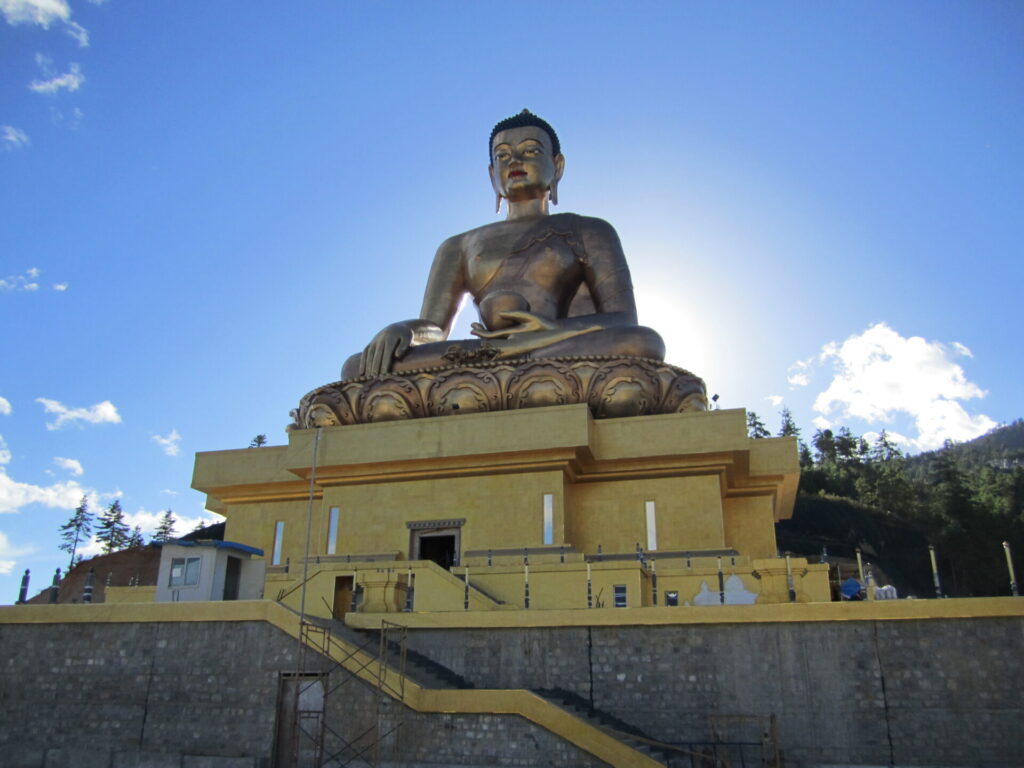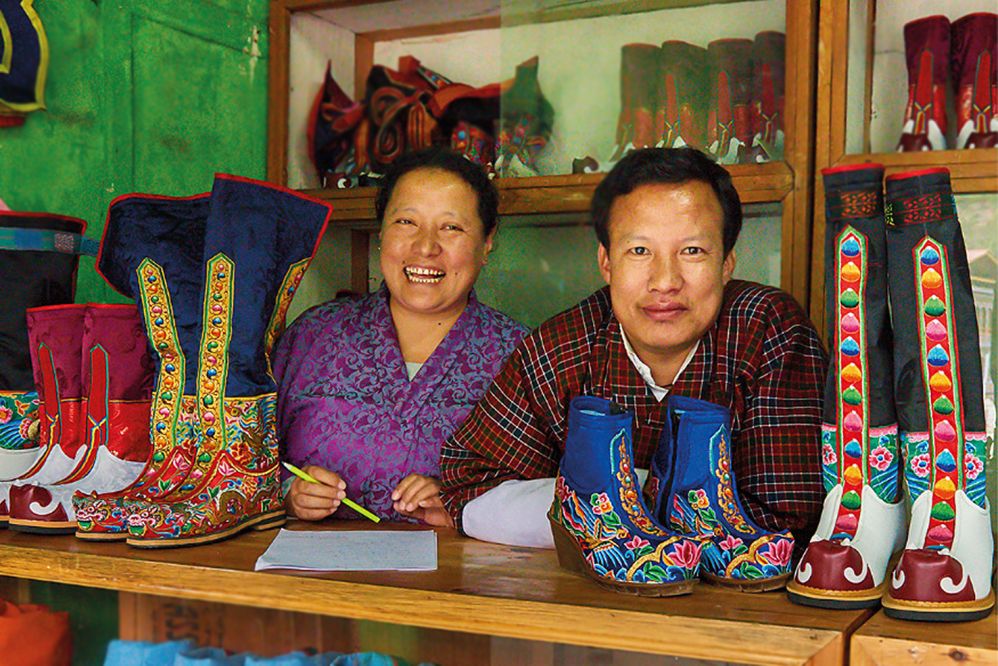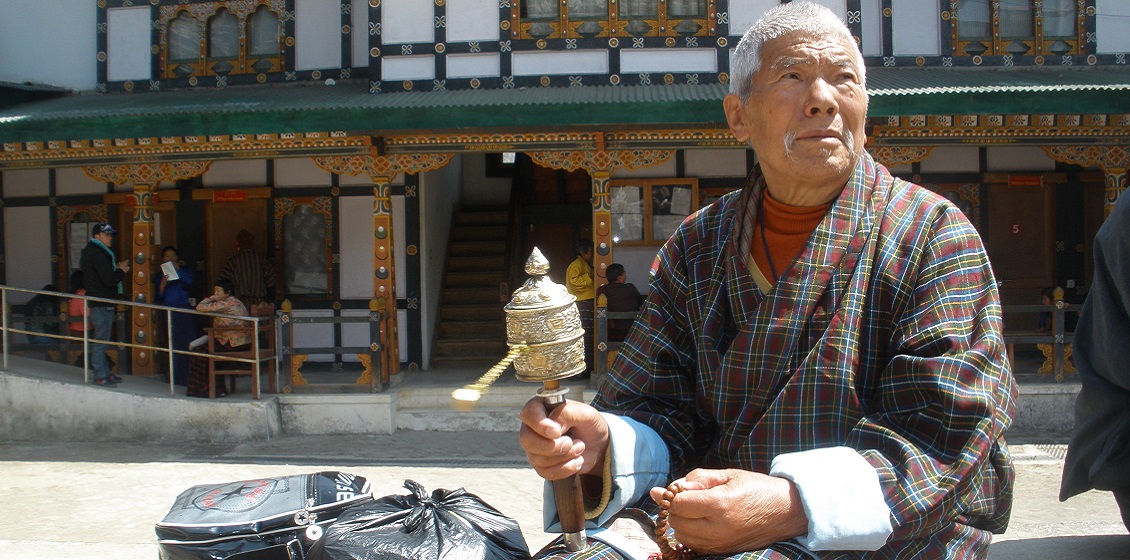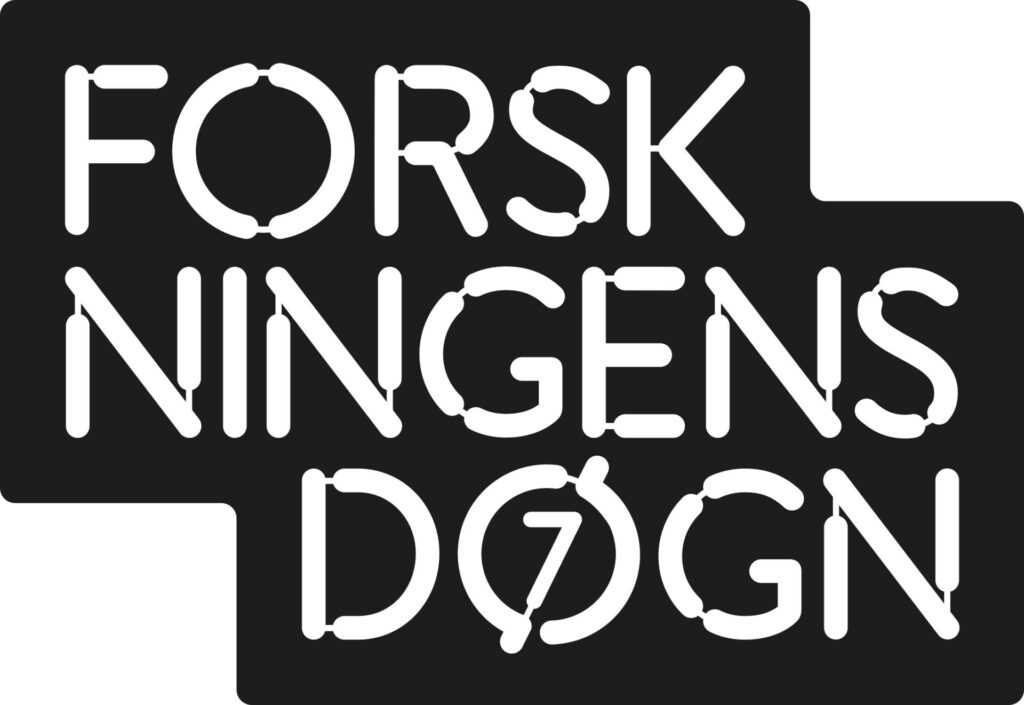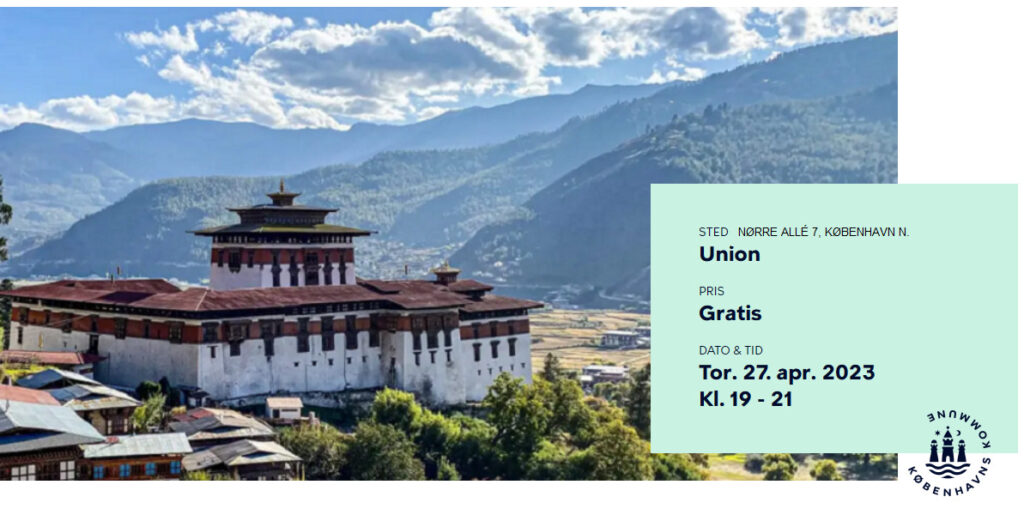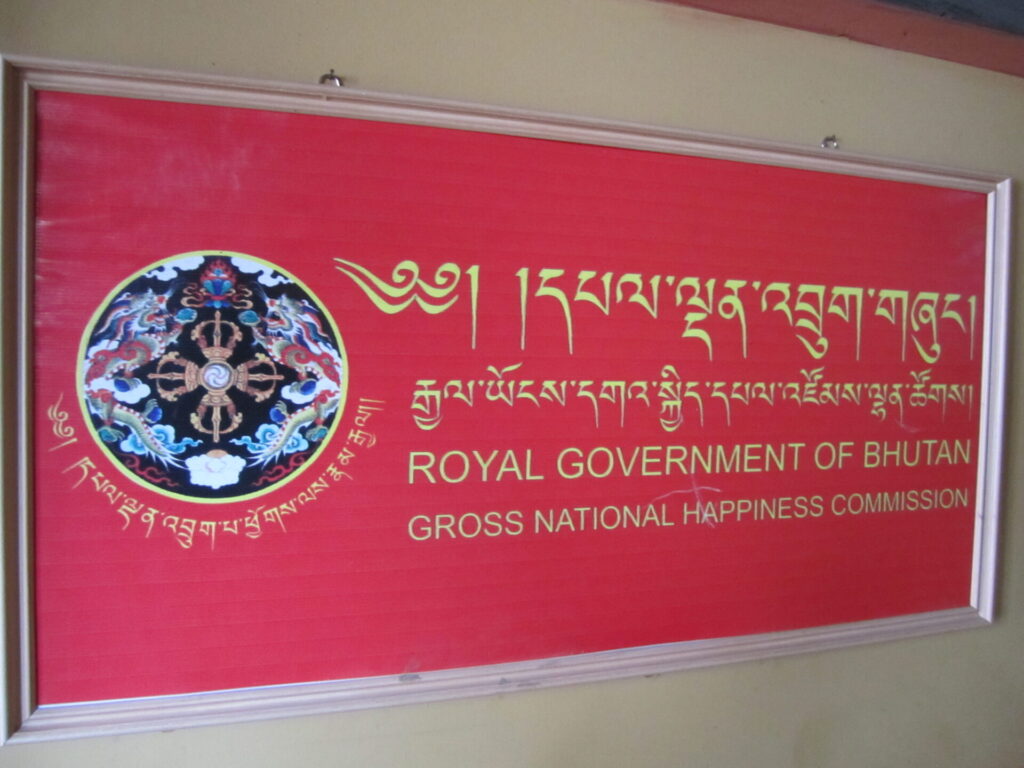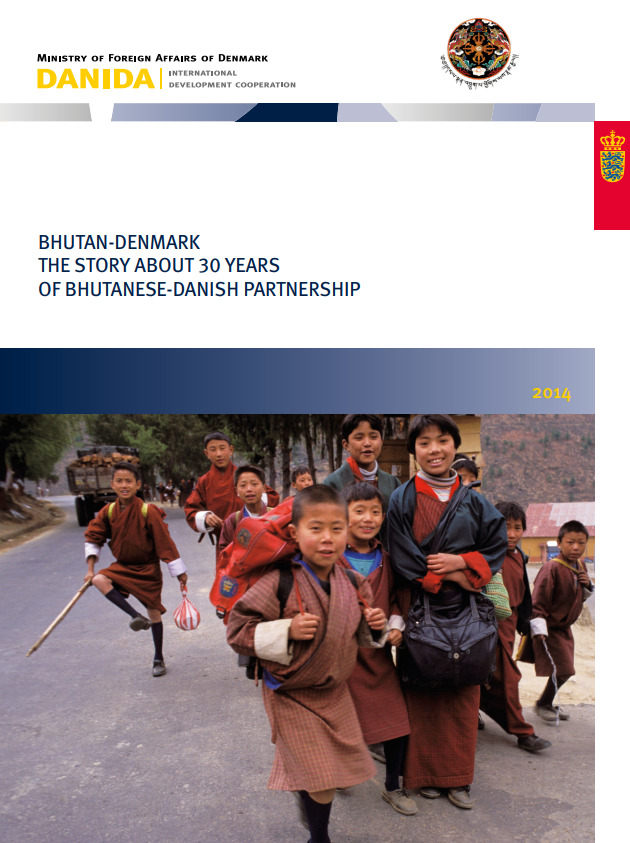Set in the high Himalayas, Bhutan is a fascinating developing country. It stands out as the most successful in human development factors such as education, health, and even economic growth. In many respects it is a showcase in the regional context. It is the only country in South Asia with sustained high levels of economic growth, at an average of 8 percent per year since 1980. The poverty rate has been drastically reduced, under five-mortality rate has rapidly gone down and significant improvements in the public service delivery of education and health. According to World Bank data Life expectancy at birth has increased dramatically over six decades to 72 years for both males and females. In this sense, Bhutan is a rare entity, not only among developing countries, but also at a global level. In the past decades it has relied on an attempt to seek a balanced development strategy between spiritual and material well-being by pursuing the GNH (Gross National Happiness) approach to development and harmony (the-4-pillars-of-gnh).
Druk Yul or Land of the Thunder Dragon has experienced major leaps into a more developed, integrated, and coherent society. With the peaceful introduction of democracy and the transition from absolute to constitutional monarchy it seems well suited to meet the challenges of the future. In fact, the third parliamentary elections were conducted in October 2018 and the fourth is set in June 2023.
One of the big questions confronting scholars who study Bhutan’s development trajectory is how and why development policies seemingly have been extraordinary successful. Or more specifically what determined, structurally speaking and over less than three to four decades, the gradual transformation of a feudal and rural society into a relatively well functioning developing democracy and constitutional monarchy.
How do we explain the success
There are probably many explanations depending who you ask and your point of departure. Here I will focus on some of the overriding factors which may be seen in combination but also some which may determine the other.
Some scholars point to the small size of the country with a population of approximately 787,000 people. This is a chilling argument and mindboggling since Bhutan geographically speaking is a country the size of Switzerland sandwiched between the two giant behemoths India and China. This type of justification links well with the arguments by British-German development economist E.F. Schumacher wrote his seminal book (Small_Is_Beautiful) was an attempt to radically confront the fetishism by the development community and international commentariat with gigantism. He saw the hype about globalization and bigger and bigger political entities as outright dehumanization. This way, these arguments fit neatly with the explanation that a small and capable and culturally close-nit population like Bhutan’s may give some plausibility to this type of argument.
Development aid is probably one of the most decisive factors explaining the “miracle”. But as we have seen in many other countries in the South there are not that many real success stories to be told. In the case of Bhutan, it is intriguing to understand India’s motives as by far the biggest donor to the country’s development trajectory. India sees Bhutan as a buffer to China and a geopolitical landlocked entity which may play a very important role in the case of a military confrontation between the two giants. Roadbuilding bridges and other important infrastructure has been and still is being executed by poor Assamese workers under extremely harsh conditions. India is also the biggest trading partner, and the Bhutanese currency is pegged to India’s Rupee.
Over-dependence of the Bhutanese economy on India in imports; informal trade cross the border towns, increase of government expenditure within a short period of time and rapid growth of hydropower. However, even in the case of hydropower generation, almost all labour and materials are imported from India. As Bisht notes the dependency rate in India as, indicated by one of the businessman, was such that ‘90 to 95 per cent of what we borrow from India goes back to India’. Therefore, as the major trading and development partner, the Indo-Bhutan relations needs to be investigated and there is a growing critique within the Bhutanese elite of the need mutual respect between the two countries. However, the relationship has also benefitted Bhutan tremendously but there is growing wish for developing ties with China to expedite trade as well as tourism etc between Bhutan and China. So far there are no diplomatic relations between the two and although has long had strong cultural, historical, religious, and economic connections to Tibet..
Dependence on external funding contradicts the governments’ wish for economic self-reliance yet it became inevitable as the only way to achieve long term national development objectives. It is difficult to improve the living standards given the limits of a small economy with the attendant challenges in mobilising internal resources.
In passim it may be noted that Denmark has also played an important role in the development of human capital resources in the country. Danish ODA since 1989 till 2014 amounted to about 1.7 billion DKK. Denmark has been the second biggest bilateral provider of ODA after India. especially education, health, environment, urban development and good governance and support to poverty reduction. Denmark phased out its activities in the country and bilateral cooperation ended in 2014. The main reason was that Bhutan has achieved the status as lower-middle income country and is no longer an LDC (bhutan/overview).
Why has Bhutan done better than many countries in the South
Stefan Priesner from UNDP in Thimphu has noted: ‘Self-confidence and assertiveness are predominant characteristics of the interaction between Bhutanese policymakers and their foreign counterparts. Bhutanese are firmly in the driver’s seat of development, while foreign experts are strictly considered advisors with no influence on decision-making. Similarly, it is not uncommon that development aid is rejected because of attached “strings” set by donor agencies. Development in Bhutan is distinctly Bhutanese’. Furthermore, the public sector has been the major engine of economic growth and shifting governments have tried to promote more private sector but so far with little success. In an interview with Kuenzel the former Danish Minister for Development Cooperation Poul Nielson said “Bhutan has had the courage to be different. We from the outside have to accept that your country wants to do things in a different way. Things don’t have to move to fast, the have to move right” Bhutan-Denmark. Partnership through 35 years Evaluations of Danish development assistance to the country bear witness to the capabilities of the government and refer to buzzwords like – “strong Bhutanese ownership” and “execution” “unique” and “impressive” and again refer to the small size of the population as extraordinary advantage in terms of implementing development programs.
Without taking this argument to far it seems that the Bhutanese are serious about Bhutan’s development direction and showing an incredible awareness about the dictum that there no shortcuts to success. It is not uninteresting to note that the bureaucracy is not only insulated in the sense that it is only responsible to government (and the King) but there are no strong civil society organizations, labour or peasant organizations pressurizing the state to shift gear. The preservation of harmony and oppression of conflicts whether they are social, ethnic or religious is on top of the social order of priorities in the country.
How about culture and GNH
Another determining factor has been the latent conflict between cultural preservation and sovereignty and on the other hand the impact from rapid modernization. This has created a sense of national urgency and contributed to the rise of an efficient, rational, and capable bureaucracy with a developmental ethos possible. This is also where GNH plays and important role as catalyst for nation-building and the enhancement of national identity. The cultural practices in the Kingdom has enhanced the spirit of ‘We’ and ‘the other’ and been quite successful in that sense. Buddhism may also be an explanatory factor but is also practiced in other countries as well without much success.
Other interpretations
Comparatively speaking low levels of corruption, the role of throne and of course the King himself as a national signifier, a charismatic and enthusiastic figure head which is a symbol of modernisation and preservation at the same time.
It is also country full of contrasts and a pragmatic devotion to adjust to both immediate contradictions and challenges to the implementation of development policies. One example, was a really strange discovery I made during visits to male monasteries since the government had placed condom boxes all over the place. In an interview the Minister of Health was asked why that was the case and after a while he said very bluntly: ‘Well they are also human beings’. That in a country where homosexuality has been forbidden. Later on in 2020 though homosexuality was decriminalized. Another interesting paradox appeared during a visit to a large school where famous children had been pupils. When we entered the principal’s office, we discovered a huge bamboo stick laying on the chair opposite the principal. We were a bit surprised since corporal punishment is forbidden in public schools. The Principal said: ‘It is there as a warning’ but ‘of course I use it only when it is necessary’. Corporal punishment is forbidden by law.
The point is that even in a country like Bhutan which we admire for its achievements in development terms there are, of course, many examples showing that even though we are trying to present a scientific study we are also dealing with human beings.
Challenges ahead
The purpose of this intervention is not to point out the determinants of Bhutan’s success. I will leave that to the reader and there may also be other factors not mentioned here that should be included as explanatory determinants. One may speculate whether the geopolitical context could be a determinant, and some would argue Bhutan’s location as buffer between the two Asian giants explains he interest and willingness of the international community to be so benevolent in terms of offering ODA to the country. In fact, Denmark’s development assistance to Bhutan has been the highest Danish assistance per capita to any of its partner countries.
Johannes Dragsbaek Schmidt is Senior Expert at the Nordic Institute of Asian Studies, Senior Researcher at Global Policy Institute, London and Adjunct Associate Professor in Development and International Relations at Aalborg University, Denmark. He has held visiting Fellowships in Australia; Canada; Malaysia; Singapore; Indonesia; Thailand; and Philippines. Furthermore, he has extensive research experience from India, China and Bhutan and done consultancies for UNESCO, the World Bank, ASEM, Nordic Consulting Group and the Danish Development Agency. He is also currently Chairman of the board of DDRN. He has published more than 250 publications on issues ranging from social welfare, labor, urban development, economic policymaking, geo-politics and geo-economics etc. with a primary focus on Asia. Johannes Dragsbæk Schmidt – Publications — Aalborg University’s Research Portal (aau.dk)
Bhutan – Demokrati og Udvikling
Torsdag den 27.april 2023 kl. 19-21
Seminar på dansk, gratis adgang, program
Sted: Nørre Allé 7, København N.
